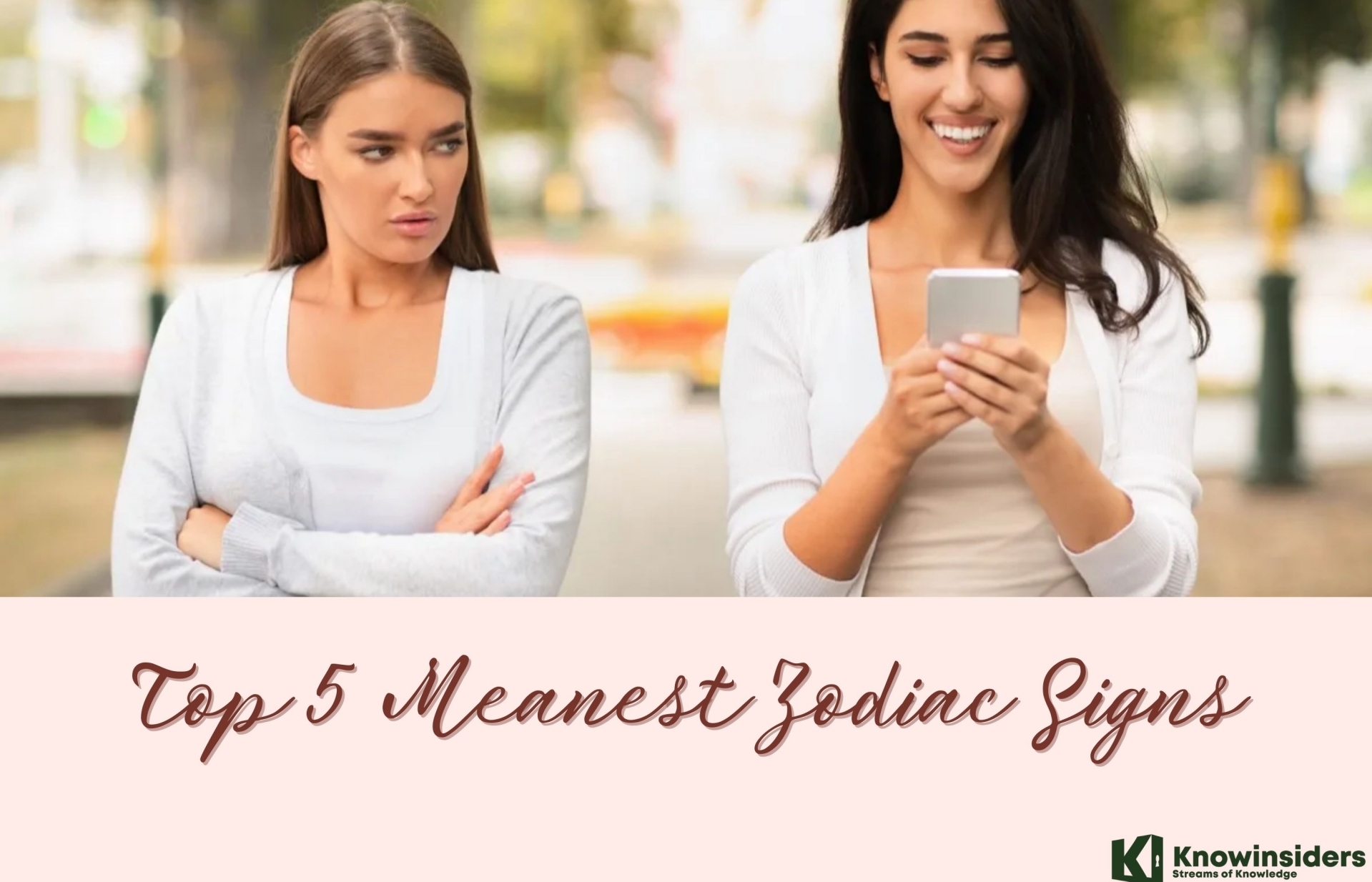50 Interesting Facts about Hair
 |
| Facts You May Not Know about Hair - Photo: becomegorgeous.com |
Grab a cup of coffee, pull up a chair, and enjoy these super cool fun facts about hair!
1. The average person has roughly between 100,000 and 150,000 strands of hair on their head.
2. Natural blondes have more hair than all other colors! Towheads top the charts with 150,000 strands; brunettes have 100,000 strands, and redheads average about 90,000 strands.
3. Hair is the fastest growing tissue in the body. The only thing that grows faster is bone marrow.
4. A single hair strand has a thickness of .016 – .05 mm.
5. Everybody sheds between 40-150 strands of hair per day.
6. Crash dieting can cause temporary hair loss.
7. Hair is made of keratin, like our skin and fingernails. Horns, hooves, claws, feathers, beaks, quills, and baleen are all also made of keratin.
8. Men grow hair faster than women.
9. 35 meters of the hair fiber is produced every day on the average adult human’s scalp.
10. The average human will grow 590 miles worth of hair during their lifetime.
11. At any given time, 90% of the hair on your head is growing, while the other 10% is resting.
12. 40% of women have female pattern hair loss by the time they go through menopause.
13. 50% of men have male pattern baldness by the age of 50.
14. For it to be apparent that you’re balding, you would have to lose 50% of your hair.
15. Many medications cause hair loss as a side effect.
16. Thyroid imbalance and iron deficiency also cause hair loss.
17. Baby humans are born with about five million hair follicles, and there is no possible way to increase the number of follicles you have.
18. This is roughly 1000 active hair follicles per square centimeter, and this number drops as you age.
19. All of these hair follicles were formed when we were five months in the womb.
20. Hair turns grey due to lower pigment production in the hair follicle as a result of age or stress.
21. Once the hair follicle stops making melanin, it will never produce colored hair again.
22. A single strand of hair can support up to 3 ounces of weight.
23. A whole head of hair can support up to 12 tons… the weight of two grown elephants.
24. On average, hair grows .3 – .5 mm per day, .25 cm or 0.5 inches per month, and 15 cm or 6 inches per year.
25. The length of the growing phase of hair shortens as you age.
 |
| Photo: pngitem.com |
26. Each follicle grows completely new hair about 20 times in a lifetime.
27. Hair can absorb 30% of its weight in water.
28. Each hair strand has a protective outer layer called the cuticle, made of scales that protect the inner layers. The cuticle lays flat with healthy hair but is more open with damaged hair.
29. The cortex is the middle layer of a hair strand and is composed of long proteins twisted together. Melanin lives in this layer.
30. The innermost layer of hair is called the medulla, and it has no purpose. This layer is usually not present in fine hair.
31. Keratin is mostly composed of an amino acid called cysteine, which is what gives the hair its shape.
32. Blow-drying your hair works by altering the shape of hydrogen bonds in your hair. Water also changes hydrogen bonds, which is why straight hair won’t last in humid conditions.
33. The only part of the hair that isn’t dead is the hair inside your scalp.
34. African hair grows slower and is more fragile than European hair.
35. Asian hair grows the fastest and has the best elasticity.
36. Africans and Europeans are more prone to balding than Asians.
37. Asian hair is almost always straight and black/dark brown.
38. The primary cause of dandruff is a fungus called Malassezia Globosa, which pushes dead skin cells to the surface quicker than average.
39. The word shampoo comes from the Hindi word, champna, which means “to knead.”
40. Women often lose more hair after giving birth. This is due to their hormones regulating back to normal.
41. Most shampoos are slightly acidic to restore the pH of damaged hair and smooth the cuticle.
42. It takes roughly seven years to grow your hair to your waist and three years to grow to your shoulders.
43. The only way to get rid of split ends is to cut them off. There is no way to repair them completely.
44. The tensile strength of your hair is close to that of steel. It only breaks after being stretched to 1.5 times its original length.
45. Wet hair is even stronger and can stretch up to 70% of its original length.
46. A sixteenth-century doctor claimed you could restore hair by applying boiled slugs, olive oil, honey, saffron, soap, and cumin to the scalp.
47. The anticipation of sex makes hair grow faster.
48. Trichotillomania is the name of a compulsive hair-pulling disorder (that typically involves hair, eyelashes, and/or eyebrows). It’s more common in women and usually stress-related.
49. Different textures of hair have different cross-section shapes under a microscope. Straight hair is usually round, and curly hair is typically oval.
50. The first commercial shampoo was introduced by Drene in the 1930s. Before that, soap-type detergents were used.
Hair Composition and Nutritional
 |
| Photo: healthline.com |
| Hair is made primarily of special amino acids, otherwise known as proteins. We suggest eating a portion of high-protein food (eggs, milk, fish, cheese, nuts, seeds, pulses) with breakfast and lunch to provide your hair with the best daily nutrients for growth. Research shows that lack of B Vitamins, especially Vitamin B12, can speed up the hair greying process. Help sustain your intake of Vitamin B by eating B12 rich foods, such as fortified cereal, milk, yogurt, egg yolks, and salmon. Supporting your hair’s growth with a hair-healthy diet is very important. Try eating complex carbohydrates (chickpeas, beans, cereals, whole-grains) with every meal, and a portion of high-protein food (eggs, milk, fish, cheese, nuts, seeds) twice a day. |
 Top Interesting Facts About Uranus You Might Not Know Top Interesting Facts About Uranus You Might Not Know Uranus, the seventh planet from the Sun, is the biggest of the ice giants and the third-largest planet in the Solar System. Here are just ...
|




























